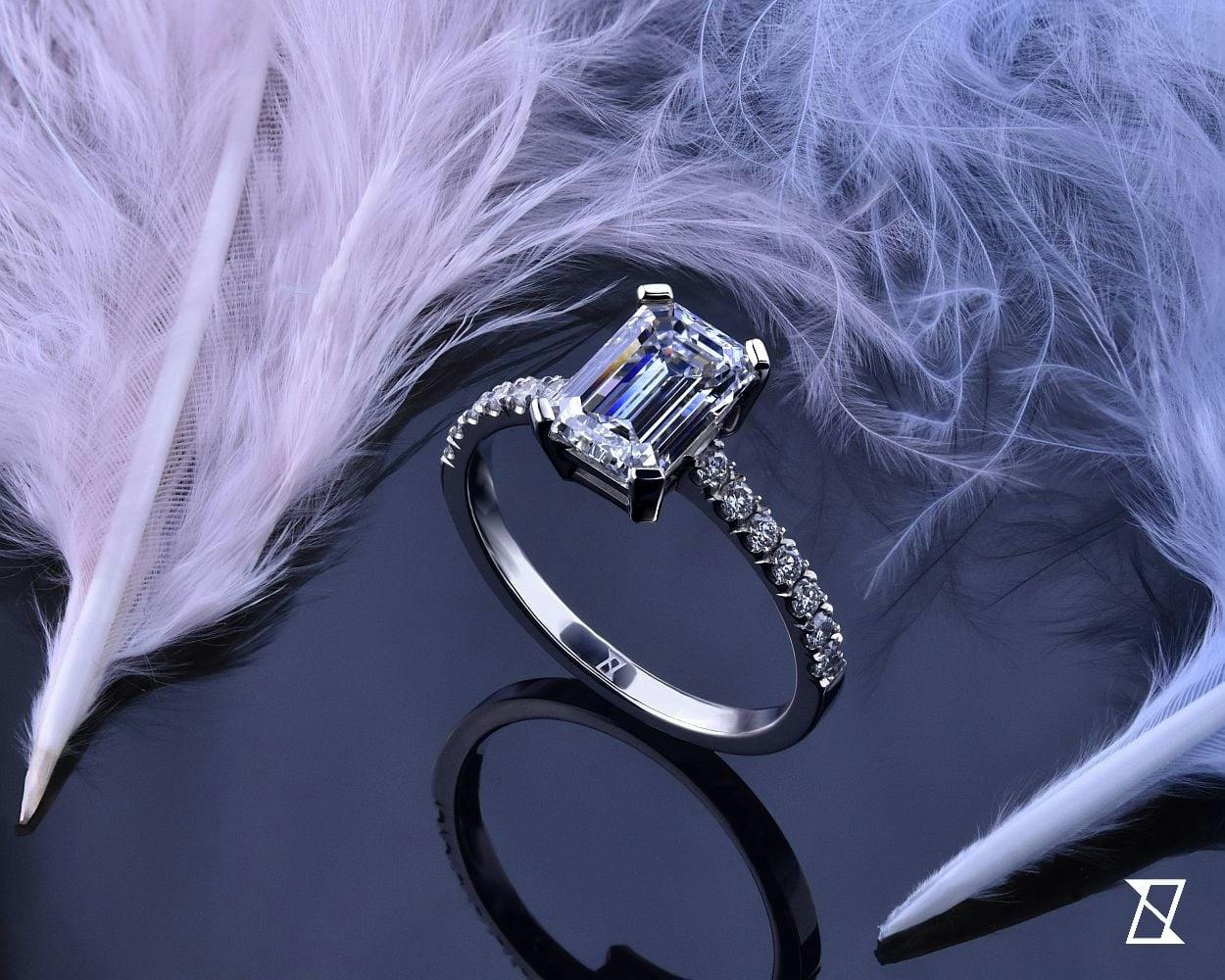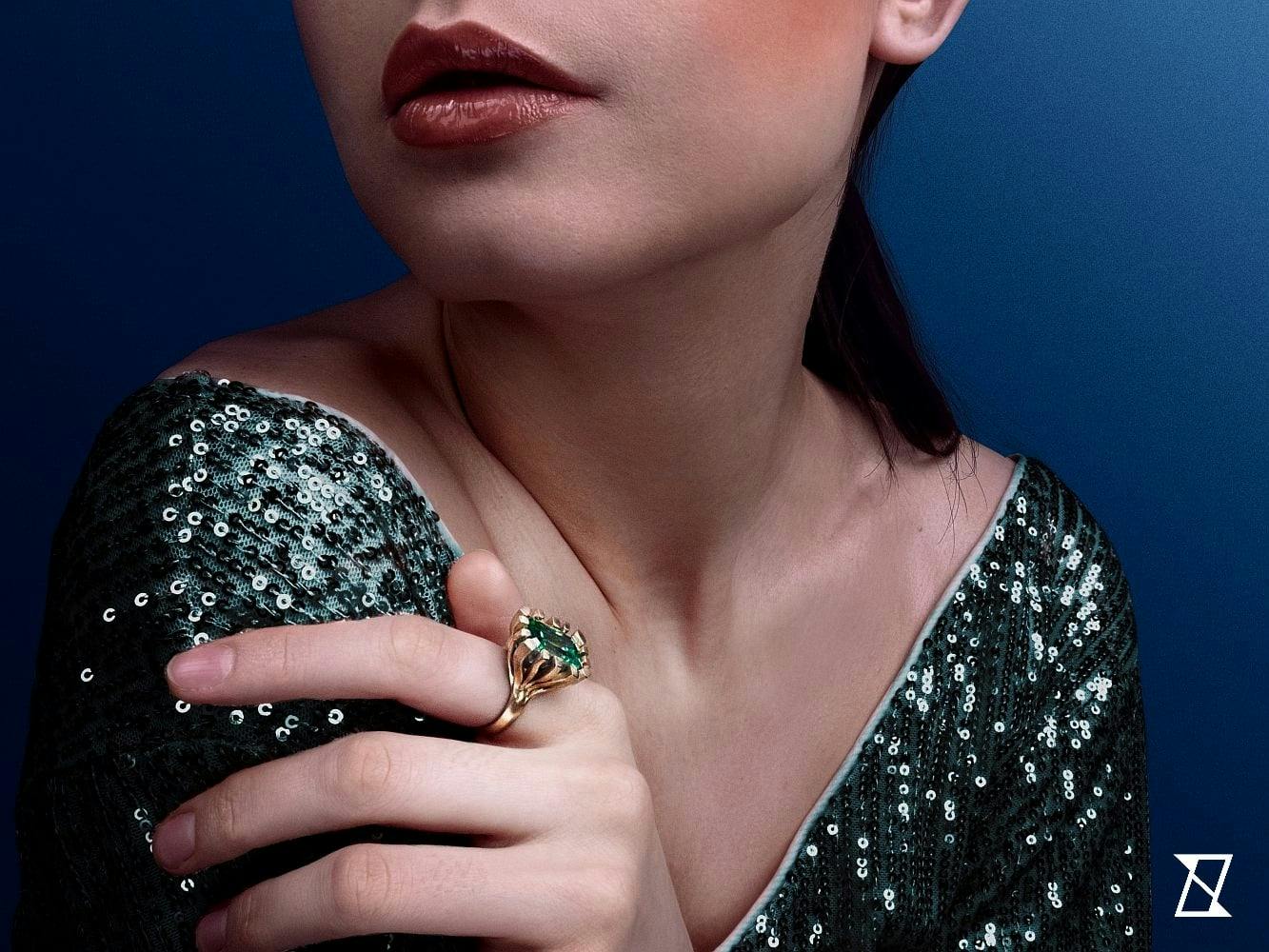Every time I browse blogs on jewellery, I get the overwhelming impression that the content contained therein is like very popular fake news, in which the purpose is only to generate clicks. In other words, I believe that the opinions contained on such sites are influenced by the strong lobby of some companies that deliberately mislead the buyer and thus earn more from it. Very often I encounter a situation when a potential client calls/writes me, completely unaware of how much they have been manipulated. Therefore, I decided to describe and explain a few of the lies repeated like a mantra throughout jewellery cyberspace.
Diamond parameters and price
The most common problem is with grading diamonds. Everyone writes and writes about colours and cleanliness. What's wrong with that? The problem is in the fact that using magical phrases such as: "GH" "VVS2" or "SI1", distracts from the most important factor: the cut. This is described in a simple way, eg "Good", "Very good" or "Perfect" . What is the scam? Well, it is much easier and cheaper to obtain stones that are naturally blessed with purity and colour, instead of employing a specialist who will give the diamond a perfect cut, thanks to which the stone will shine with a glow visible from a distance of three kilometers!
Dear reader, ask yourself the following question: when you invest in a diamond with good colour or purity at the expense of weight and cut, will you be able to distinguish it from other shades and transparencies? The answer is: of course! But first you need to invest in specialized training for a price of up to tens of thousands of pounds, and then buy some expensive equipment: a specialized, aplanatic diamond magnifier, high-class, non-yellowing comparison stones and a few other gadgets.
Meanwhile, the diameter of the stone and the appropriate cut can be seen immediately. Therefore, it is always better to give up the pursuit of a colour whiter than white and purity cleaner than a tear, and focus on the diameter and cut. Of course, purity and colour are important with investment stones, but until we are talking about a minimum sum of five digits, it really doesn't matter whether the stone is "F" or "G" in colour. What matters is whether the diamond is large and has its own unique shine, given by a high-class cut.

Gold with nickel or palladium?
Another myth concerns white gold. It is so widespread that I have dedicated a separate article to it. However, in this case, I would like to draw attention to the often repeated legend that palladium gold is harder than nickel gold. Well, it is not. In fact, its hardness is similar to that of ore with a fineness of 750 or platinum. This alloy is recommended for people with allergies or for vintage jewelry, where the traces of use are beneficial, and not as in the case of modern products, where scratches should be re-polished from time to time. The client is being misled again. They think that for more money they will get a higher durability, while in reality, they pay for a material that is equal in price and durability to the second sample of gold, but the product has the 14k stamp.
Practicality vs aesthetics
My favourite superstition is to shrink the main stone to the size of a grain of sand so that the owner does not accidentally feel that he is wearing something on his finger. Hooking (supposedly) means that the product, when worn, catches on clothing, causing a feeling of discomfort. Bloggers try to outdo each other in stating various situations in which this may occur, but in my opinion, they simply have never worn properly crafted jewellery with precious stones. Just look at the participants of the Cannes festival. Everyone there wears beautiful, expensive, impractical jewellery. Why? Wouldn’t it be better to buy something practical and save your money to pay for an additional 2 weeks at the Bvlgari Resort on the island of Bali! Defiantly not.
Beautiful jewellery allows you to express inspirations, fascinations, and expresses the owner's personality. It proves a certain social status and improves self-confidence. Who thinks about snagging on clothing with such advantages of jewellery? I once had a client who wanted a comfortable ring. It was so comfortable that she didn't even feel it when she lost it in the mall. And this wasn't due to a bad size match. Jewellery should remind you of yourself.

I rarely have a bad day at work, but when my enthusiasm wanes, I look at my large wedding ring, which symbolises my relationship with the woman I love, and I look at my gold watch (massive and impractical, of course). Time passes by somehow faster, and I regain the willingness to face new challenges. Of course, there are times when jewellery must be very practical, e.g. working in a laboratory. For the most part, however, blogging hooking stories are again about distracting attention from what's really important: good quality, high-end gemstones, and accentuating your personality.

